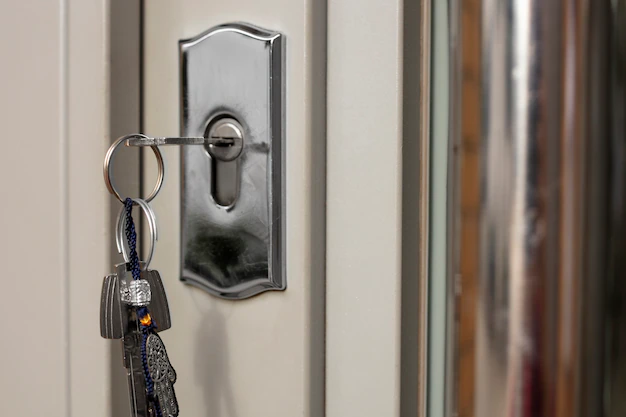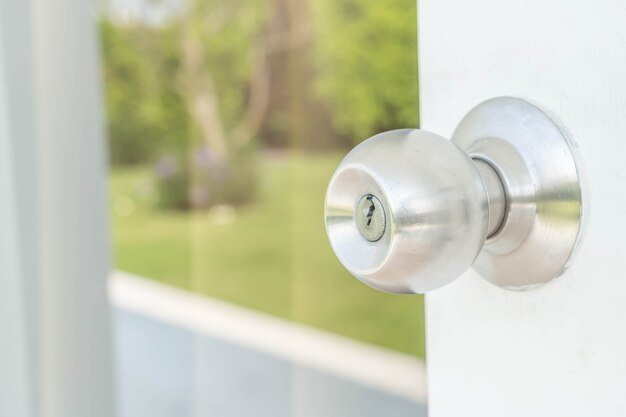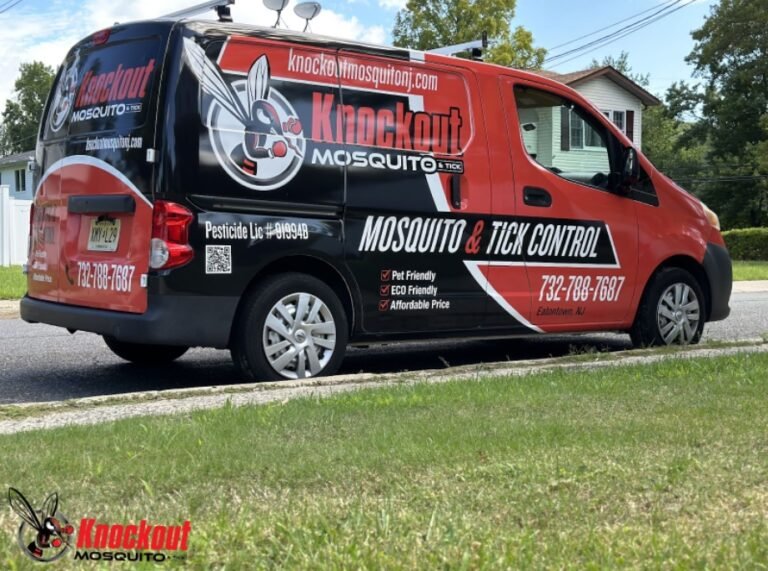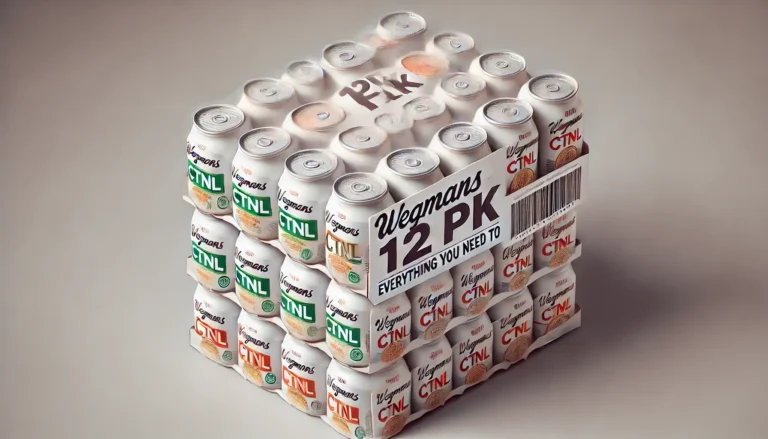
When it comes to securing your home, the humble door lock plays a pivotal role. It’s not just a functional element; a door lock also contributes to the overall style and safety of your property. With advancements in technology and design, choosing the right door lock has become an important decision for every homeowner.
In this comprehensive guide, we’ll explore everything you need to know about door locks, from the types available to tips for selecting the best one for your needs. Whether you’re upgrading your home security or building a new home, understanding the intricacies of door locks is essential.
Why Door Locks Matter
Door locks are the first line of defense against unauthorized entry, providing peace of mind for homeowners. They deter burglars, protect your valuables, and enhance the privacy of your space. A well-chosen door lock not only adds to your security but also complements the aesthetics of your doors.
Types of Door Locks
Choosing the right door lock starts with understanding the various types available on the market. Each type serves a specific purpose and offers unique benefits.
1. Deadbolt Locks
Deadbolts are one of the most secure types of door locks. They require a key to open from the outside and a thumb turn from the inside.
- Single-cylinder deadbolt: Operated with a key on one side and a thumb turn on the other.
- Double-cylinder deadbolt: Requires a key for both sides, offering added security for glass doors.
2. Knob Locks
Knob locks are common in residential settings. These locks are built into the door knobs and are easy to install. However, they are best used in conjunction with deadbolts, as they are less secure on their own.
3. Lever Handle Locks
Lever handle locks are commonly used for interior doors. They are easy to operate, making them ideal for spaces where accessibility is key.
4. Smart Locks
The rise of smart home technology has given way to smart door locks, which allow remote access and control via smartphone apps. Features may include:
- Keyless entry with PIN codes or fingerprint recognition.
- Remote locking and unlocking.
- Integration with smart home systems like Alexa or Google Home.
5. Padlocks
Padlocks are portable and versatile locks that can secure gates, sheds, or lockers. They are not permanently attached to a door, making them ideal for temporary security needs.
Factors to Consider When Choosing a Door Lock

Selecting the right door lock involves considering various factors to ensure it meets your needs for security, functionality, and style.
1. Security Level
For exterior doors, prioritize locks with a high-security rating. Deadbolts and smart locks typically offer the best protection against break-ins.
2. Ease of Use
If accessibility is important, such as for elderly family members or children, consider lever handle locks or smart locks with keyless entry options.
3. Compatibility
Ensure the lock you choose fits your door type and thickness. For smart locks, verify compatibility with your home’s Wi-Fi or smart home system.
4. Aesthetics
Your door lock should match the style of your door and home. Modern designs like sleek smart locks or antique brass finishes can elevate your home’s overall look.
5. Durability
High-quality materials like stainless steel or solid brass ensure longevity and resistance to wear and tear.
Benefits of Upgrading to a Modern Door Lock
The evolution of door locks has made modern options more appealing than ever. Upgrading your locks can enhance your home in multiple ways.
1. Enhanced Security
Modern locks, such as smart locks or double-cylinder deadbolts, provide robust protection, reducing the risk of unauthorized entry.
2. Convenience
Keyless entry systems and smartphone integration make locking and unlocking your doors hassle-free.
3. Improved Aesthetics
Sleek, modern designs can add a touch of sophistication to your doors while blending seamlessly with your décor.
4. Peace of Mind
With features like activity tracking and remote control, smart locks allow you to monitor your home’s security even when you’re away.
Common Door Lock Issues and How to Address Them
Even the best door locks can encounter problems over time. Knowing how to address common issues can save you time and frustration.
1. Stiff or Jammed Lock
- Solution: Apply a lubricant like WD-40 to the lock mechanism. Avoid using grease, as it can attract dirt.
2. Key Won’t Turn
- Solution: Check if the key is bent or damaged. If not, the lock pins may need realignment, which requires professional help.
3. Broken Key Inside the Lock
- Solution: Use needle-nose pliers or a broken key extractor tool to remove the key.
4. Faulty Smart Lock Connectivity
- Solution: Ensure your Wi-Fi connection is stable and that the lock’s firmware is updated.
Tips for Maintaining Your Door Locks
Regular maintenance ensures your door lock remains functional and secure for years to come. Here are some tips:
- Clean Regularly: Wipe the lock and handle with a damp cloth to remove dirt and grime.
- Lubricate Annually: Use a graphite-based lubricant to keep the internal mechanism smooth.
- Check Alignment: Ensure the strike plate is aligned with the bolt for proper locking.
- Test Regularly: Periodically test the lock with its key or code to identify any potential issues early.
How to Install a Door Lock
Installing a door lock might seem daunting, but with the right tools and steps, it’s achievable for most DIY enthusiasts.
Tools Needed:
- Screwdriver
- Tape measure
- Chisel (if necessary for fitting)
Steps:
- Measure and Mark: Measure the door and mark where the lock will be installed.
- Drill Holes: Use a drill to create holes for the lock and bolt.
- Install the Lock: Secure the lock mechanism into the door and attach the strike plate to the frame.
- Test Functionality: Ensure the lock operates smoothly before completing the installation.
The Future of Door Locks
The future of door locks lies in innovation and technology. Here’s what we can expect:
1. Biometric Security
Fingerprint and retina-scanning door locks are becoming more common, offering unparalleled security.
2. Voice Activation
Imagine locking or unlocking your door with a simple voice command to your smart assistant.
3. AI Integration
Advanced locks may soon analyze behavior patterns to enhance security, such as identifying unusual activity and sending alerts.
Conclusion
Whether you’re securing a new home or upgrading your current locks, choosing the right door lock is a critical decision. With options ranging from traditional deadbolts to state-of-the-art smart locks, there’s something to suit every need and preference.
By understanding the types of locks available, their benefits, and how to maintain them, you can ensure your home remains secure and stylish. Embrace the advancements in lock technology and enjoy the peace of mind that comes with knowing your home is well-protected.
Your journey to enhanced security starts with the right door lock—don’t wait to make this vital upgrade!





